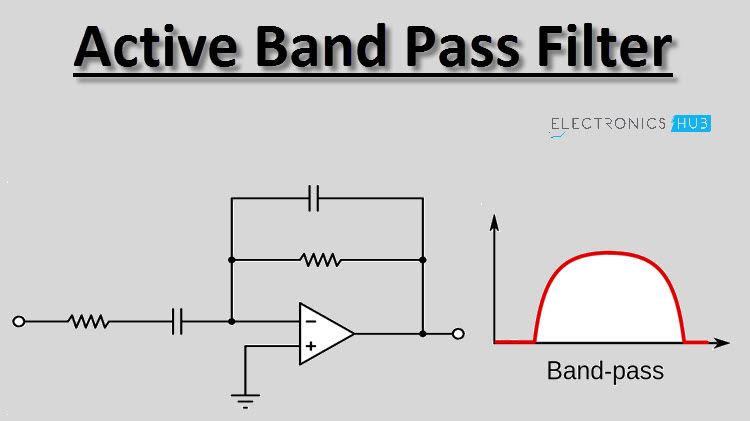circuitt
Newbie

Hello everyone,
I need to design a circuit on breadboard that give filtered outputs as "0.5-4 Hz; 4-7 Hz; 7-12 Hz; 12-30 Hz; 30-100 Hz; 100-1000 Hz" using active filter principles with introducing input signal.
I don't have many knowledge about it. Which components should I use and how should I design the circuit?
Can anyone help me? Thanks in advance.
I need to design a circuit on breadboard that give filtered outputs as "0.5-4 Hz; 4-7 Hz; 7-12 Hz; 12-30 Hz; 30-100 Hz; 100-1000 Hz" using active filter principles with introducing input signal.
I don't have many knowledge about it. Which components should I use and how should I design the circuit?
Can anyone help me? Thanks in advance.




